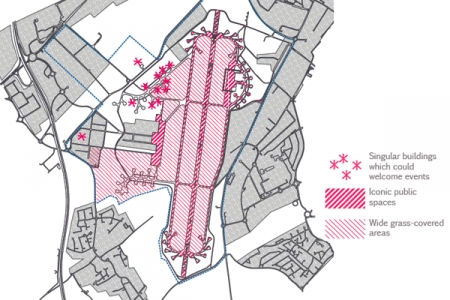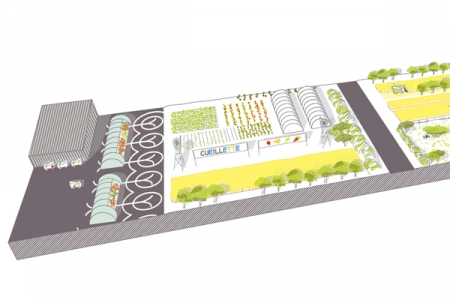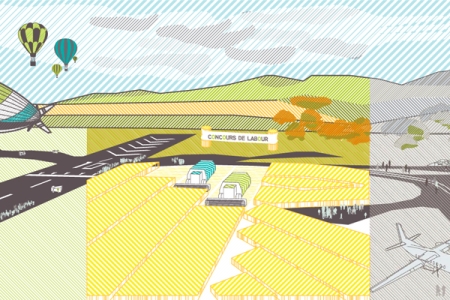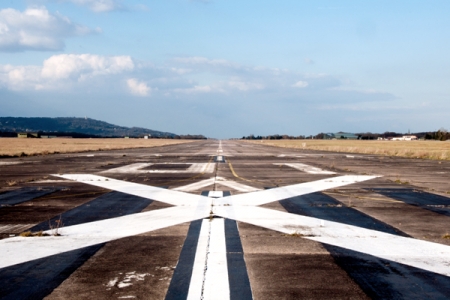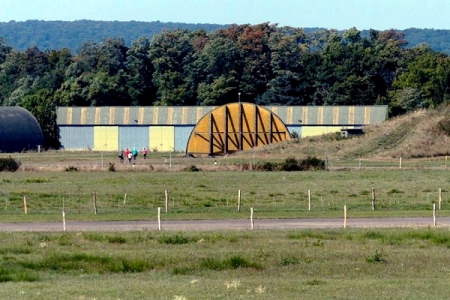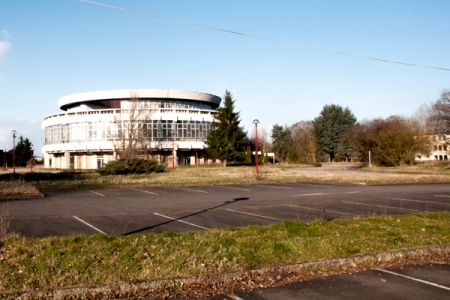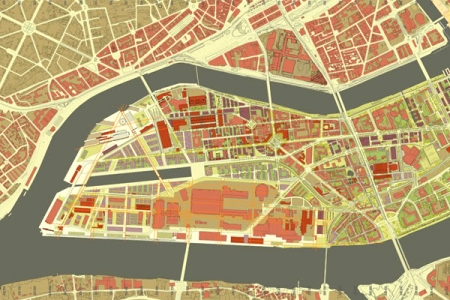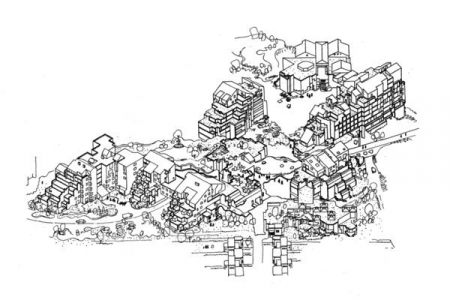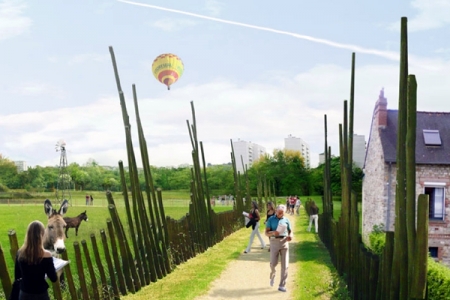B.A.S.E.
Metz (FR) – Runner-up
TEAM DATA
Team Representative: Océane Follador (FR) – architect urbanist; Associate: Thibaut Nguyen (FR) – sociologist urbanist
Contributors: Jérémy Launay (FR) – farmer; Thomas Rezé (FR) – urbanist
6 rue du Marais, Nantes 44000 – France
+33 62 65 158 04 – follador.oceane@gmail.com
See the complete listing of portraits here
See the site page here

T. Rezé, O. Follador, J. Launay, T. Nguyen
INTERVIEW
Click on the images to enlarge
1. How did you form the team for the competition?
Above all, our group is based on friendship, the creative and debating kind. Three of us actually met in the Architecture School in Nantes. We basically come from very different backgrounds, but we all brought our own approaches and working methods. Sometimes our ideas collided, but most of the time we figured out they actually complete each other. We were thus looking forward to finding a new chance to work together again. As a matter of fact, Océane grew up in Metz and showed us all how stimulating the military air base project is. Our profiles combine pretty well as we add to our town planning knowledge our own field of expertise (Architecture for Océane, Urban Sociology for Thibaut, History and Political Science for Thomas). Later on, Jeremy (also a good friend of Oceane’s) became an essential asset through all agriculture-related issues. The team was complete.
2. How do you define the main issue of your project, and how did you answer on this session main topic: Adaptability through Self-Organization, Sharing and/or Project (Process)?
Metz-Frescaty BA 128 is a former military wasteland close to the Metz urban area. Its territory is huge, but practically unknown by local residents. Considering its "secretive" status, our first proposal is to let people know of its very high potential through the approach "The B.A.S.E. is ours". Our answer mainly targets citizens, as well as well as their desires (we are really counting on them!), which is the only path to a sensitive urban vision.
Another issue is that there are plenty of other wastelands in Metz, most of them located closer to the city centre, and we cannot forget the unfavourable economic climate. From these observations, a substantially building approach to the BA128 seemed pointless to us. This does not mean the base should not host very qualitative programs, but we do have to think about alternative responses. Considering this context, we preferred to think of the BA 128 as a link between city and fields, as well as between urban and rural. The name "Base Agricole 128" then sounded obvious to us. The project "re-uses" the extensive grounds and submits an agricultural plan, through a global process gathering the progressive steps (production, transformation, sale) of an environmentally friendly economy.
3. How did this issue and the questions raised by the site mutation meet?
Although we figured out citizens are very few to know the BA 128, it does not mean the base has no identity! On the contrary, we have to consider its history and its landscape. The base must change, but this work must be done with its symbolic, visual and functional identity. It can be considered as a challenge but we prefer to see it as an asset for the project. The Genius Loci affects every inch of the area but needs to be revealed through cultural, technical and sometimes poetic responses.
4. Have you treated this issue previously? What were the reference projects that inspired yours?
Today, at different scales, many urban projects bring answers to the questions of resilience, adaptability and limited resources. It may sometimes be secondary, but here it is at the very heart of the project. As students we had already tried to work that way, and now we emphasize on methods that are completely dedicated to the context.
One of the projects that inspired us the most is probably "L'île de Nantes" and the work of Alexandre Chemetoff with his "Atelier de l'Île" as well as Laurent Théry, head of the public company dedicated to the transformation of the island (SAMOA). The "Plan-guide" is a very interesting tool. It is comprehensive but it allows a real flexibility: the whole project was designed to host many smaller projects, current or to come. The public spaces were also built to reveal the environment's identity.
5. Today –at the era of economic crisis and sustainability– the urban-architectural project should reconsider its production method in time; how did you integrate this issue in your project?
Instead of just integrating the issue of the project-process we opted to put it at the very heart of our submission with the specific B.A.S.E. approach – B.A.S.E. standing for “Balance / Agility / Serendipity / Experimentable”. As an agile and open long-term approach, it acts as a true skeleton for the urban project, proposing the necessary tools for the site opening.
6. Is it the first time you have been awarded a prize at Europan? How could this help you in your professional career?
Yes, it was our first contribution to Europan. We are of course very happy about the results! It is a recognition of our work and ideas. Now, we are looking forward to discussing further with Metz Métropole and the other rewarded teams.
